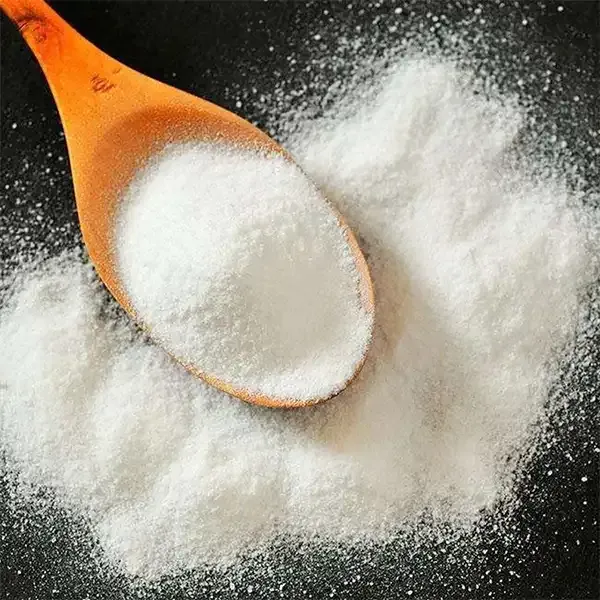The Role of Cellulose in Paints Enhancing Performance and Sustainability
Cellulose, a biopolymer derived from plant cell walls, plays a pivotal role in the formulation of paints and coatings. Its unique properties make it an ideal additive in both water-based and solvent-based paints, contributing to improved performance, stability, and environmental sustainability.
One of the primary functions of cellulose in paints is to act as a thickening agent. Paints require a certain viscosity to be applied smoothly, and cellulose helps achieve this by modifying the flow characteristics of the paint. This thickening effect not only enhances the application process, allowing for uniform coverage and texture, but also prevents settling of pigments and other solids in the formulation. The result is a more stable product that maintains its consistency over time.
The Role of Cellulose in Paints Enhancing Performance and Sustainability
Another significant benefit of cellulose in paints is its role in improving the flow and leveling characteristics. Cellulose derivatives, such as carboxymethyl cellulose (CMC) and hydroxypropyl cellulose (HPC), facilitate even spreading and reduce the formation of brush marks or roller stipple during application. This is particularly beneficial for achieving a professional finish on surfaces, whether in industrial applications or consumer products. The smooth application not only enhances aesthetic appeal but also contributes to the overall performance of the paint.
cellulose for paints

Furthermore, cellulose-based additives can enhance the water retention properties of paint formulations. This is especially crucial for water-based paints, where maintaining moisture during the drying process can significantly affect the final outcome. By retaining water, cellulose prevents the rapid evaporation that can lead to defects such as cracking or uneven drying. This attribute is particularly advantageous in regions with hot and dry climates, where moisture control is essential for achieving optimal results.
From an environmental perspective, the use of cellulose in paints aligns with the growing demand for sustainable and eco-friendly products. Cellulose is a renewable resource, biodegradable, and often derived from sustainably sourced materials, making it a more environmentally friendly option compared to synthetic additives. As consumers become increasingly conscious of their environmental impact, the incorporation of cellulose in paint formulations allows manufacturers to offer products that meet these demands without compromising on performance.
Moreover, cellulose contributes to the overall safety of paints. Many cellulose derivatives are non-toxic and low in volatile organic compounds (VOCs), which are harmful to both health and the environment. The shift towards low-VOC formulations has gained momentum in recent years, and cellulose plays a crucial role in helping manufacturers comply with regulatory standards and consumer preferences for safer products.
In conclusion, cellulose is an indispensable component in the formulation of paints and coatings. Its ability to enhance viscosity, improve binding and leveling, retain moisture, and promote sustainability makes it a preferred choice for both manufacturers and consumers. As the industry continues to evolve towards greener solutions, the role of cellulose will undoubtedly expand, leading to innovative paint formulations that meet the demands of a changing world. Through its versatility and performance-enhancing properties, cellulose not only enriches paint formulations but also contributes to a more sustainable future for the coatings industry.
-
Premium Detergent Grade HPMC Hydroxypropyl Methylcellulose: Superior Thickening & StabilityNewsAug.31,2025
-
HEC 100000 Hydroxyethylcellulose for Paint | Superior ThickeningNewsAug.30,2025
-
Wall Putty Rdp Powder Packaging DesignNewsAug.29,2025
-
Introduction to Hpmc Hydroxypropyl Methyl CellulosNewsAug.29,2025
-
Hpmc Industri Grade IntegrationNewsAug.29,2025
-
How to Choose the Right Construction AdhesiveNewsAug.29,2025




